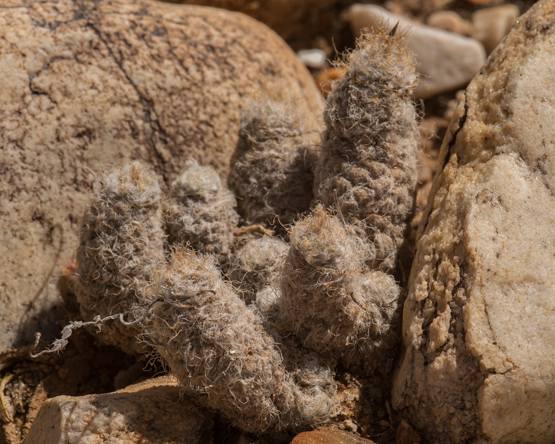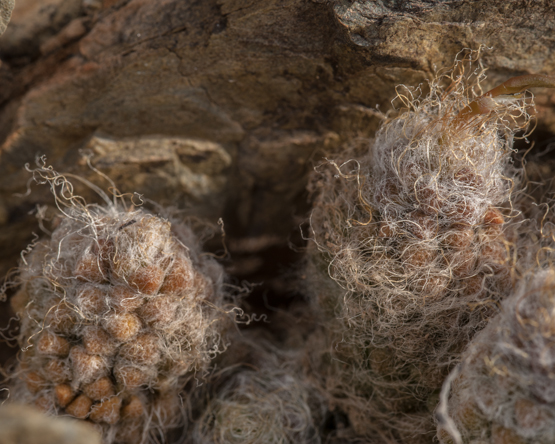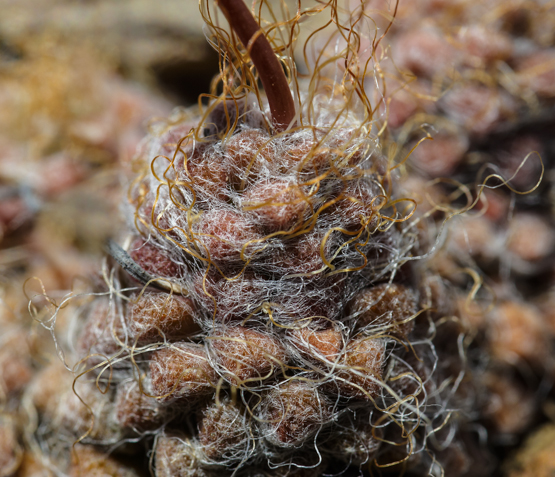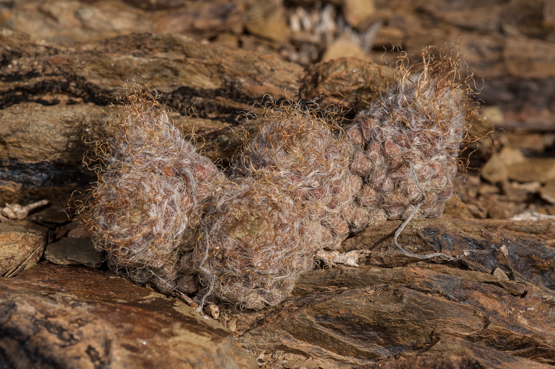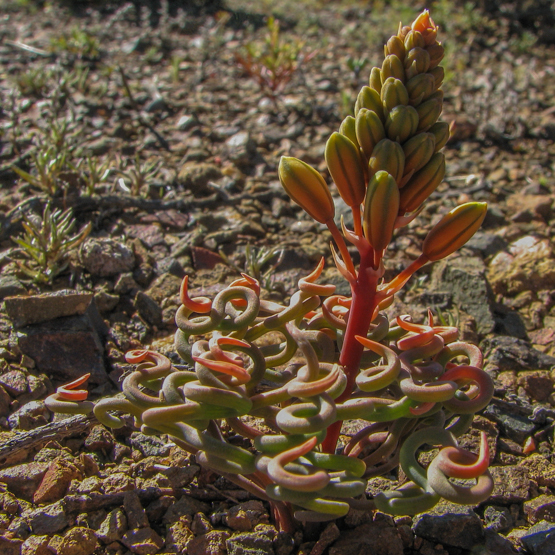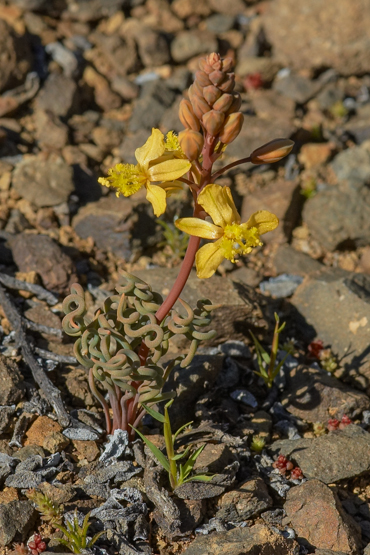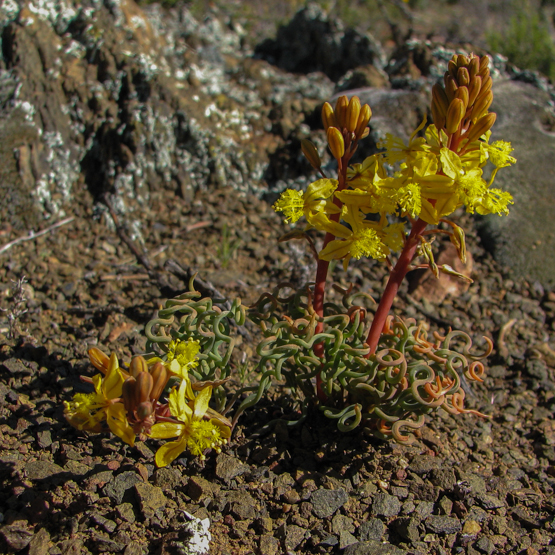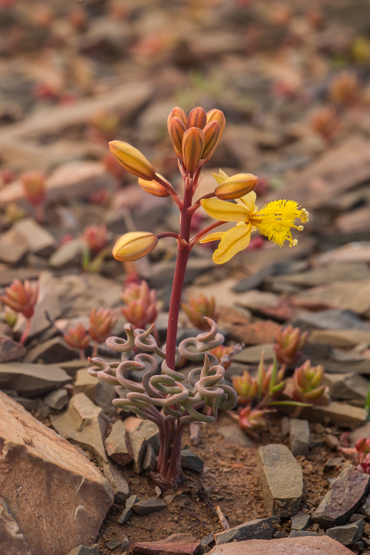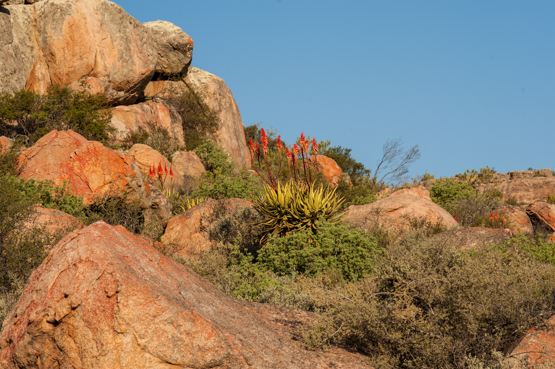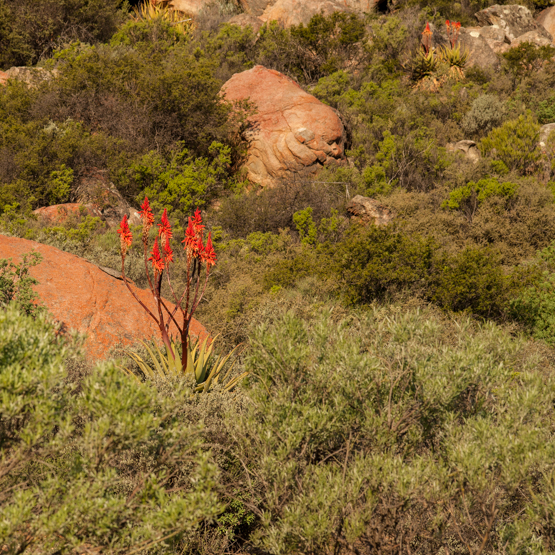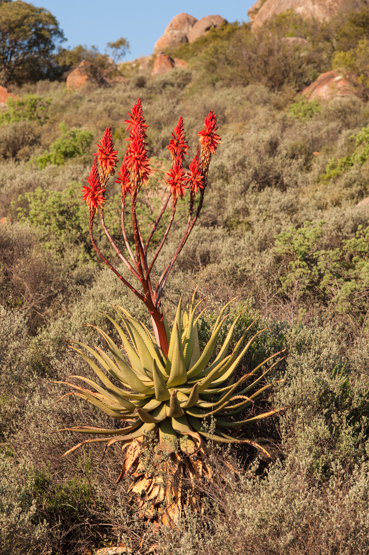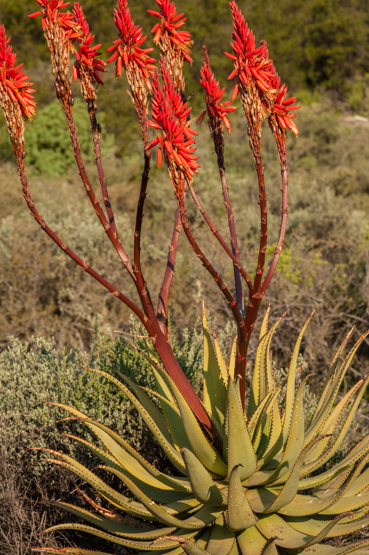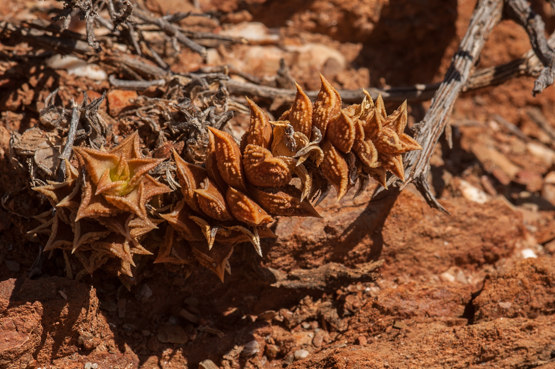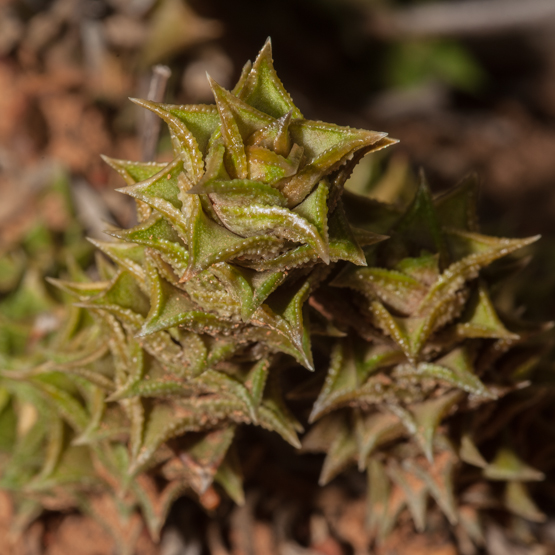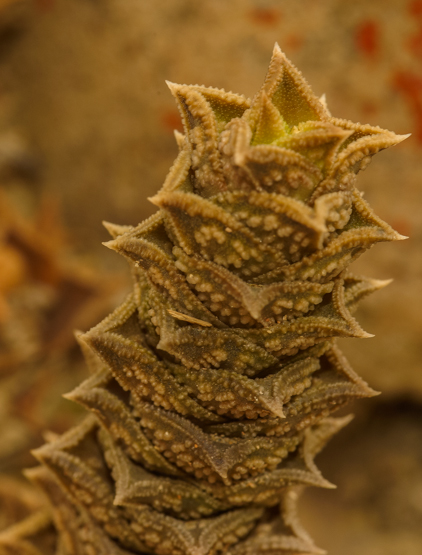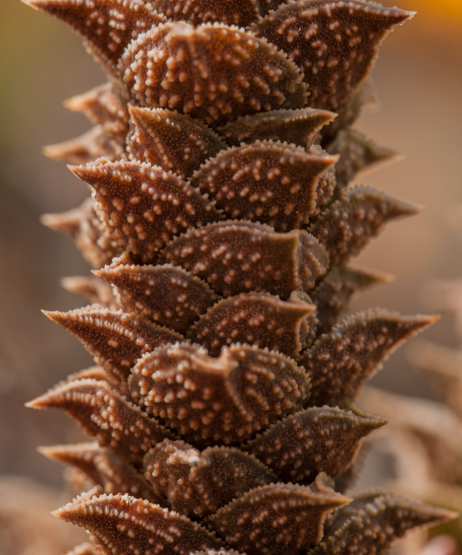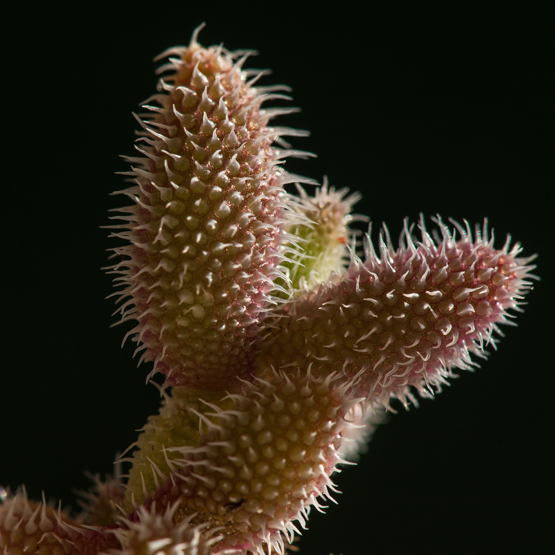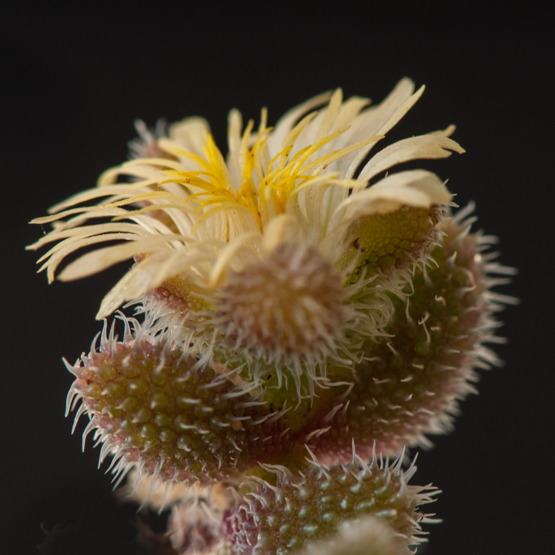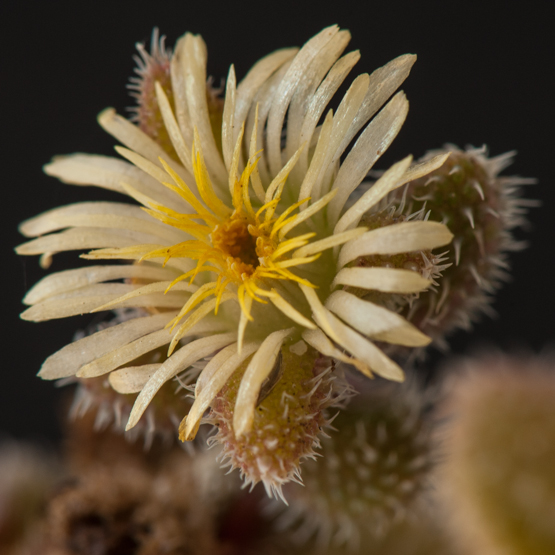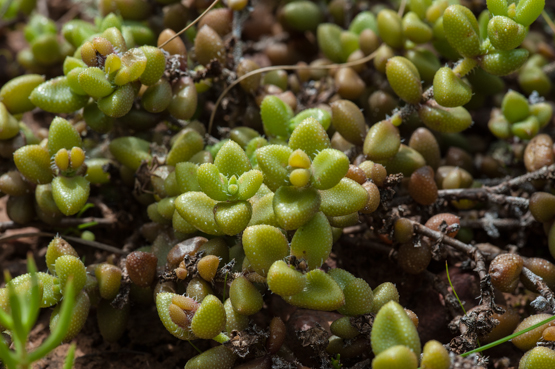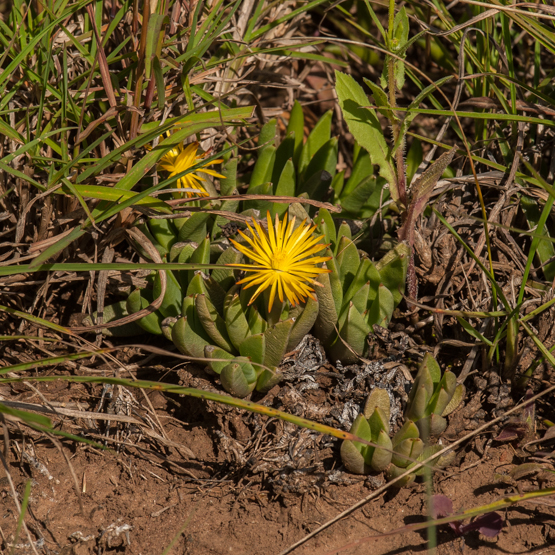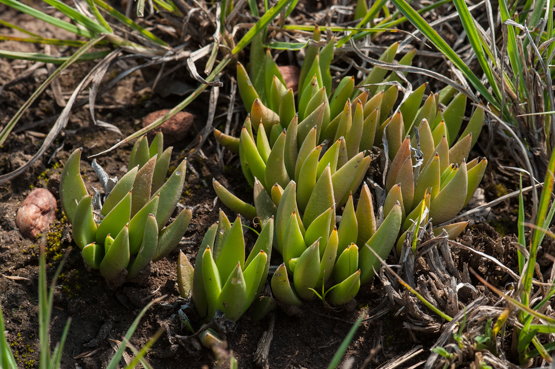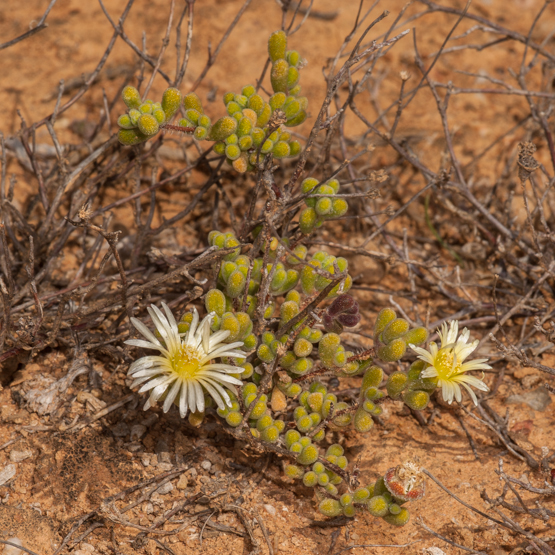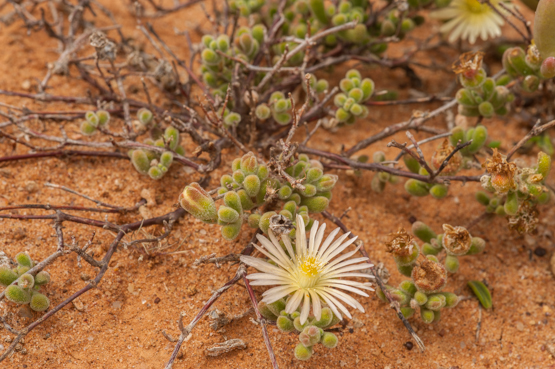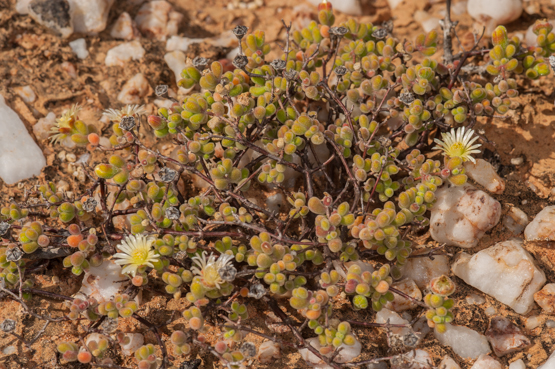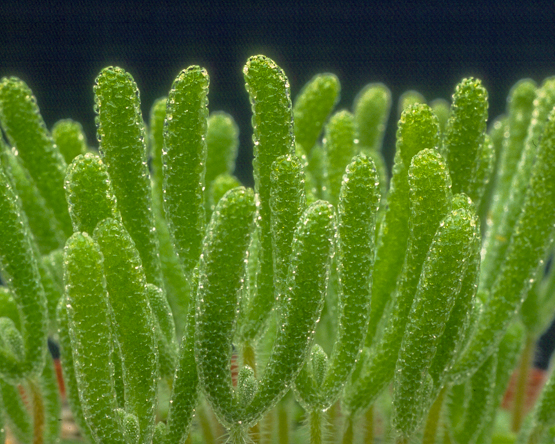Month: April 2014
Anacampseros albidiflora (1)
Bulbine torta (2)
Bulbine torta (1)
What sets these plants apart from other Bulbines are the peculiar, thread-like, usually coiled leaves. They appear from a flat-based underground tuber and are 3.5-12 cm long and about 1 mm wide. In cultivation they become both wider and straighter.
According to literature the plants occur on sandy and rocky places from Vanrhynsdorp and Calvinia southwards to Sutherland and Clanwilliam. However, all the photos here were taken on our farm near Matjiesfontein, about 100 kms south of Sutherland. The flowers appear from August to October.
Aloe khamiesensis
Astroloba corrugata
Unless they grow in deep shade (they are often found under shrubs), these plants commonly have a sickly orange-brown colour. One regularly sees the same phenomenon in some other species of Astroloba and Haworthia (see H. viscosa). The plants occur from Worcester to Ladismith and can be locally abundant. They are up to 20 cm tall. Doreen Court in her “Succulent flora of southern Africa” mentions a height of 30-80 cm, but this is probably a mistake. The flowers are produced in late spring and summer (Oct.-Feb.).
The picture of the flowers was taken in cultivation (scan from slide).
Delosperma echinatum (2)
Delosperma echinatum (1)
When I started growing succulents nearly sixty years ago (I can hardly believe it myself) this species was one of the first I encountered in a collection. It was very popular because of its beautiful leaves and its ease of cultivation. The fact that it did not need full sun -in contrast to most other succulents- was also much appreciated. A number of years ago the species got a new (or in fact an old) name: D. pruinosum. And look and behold, by the time we all had got accustomed to this one, the name was changed back to echinatum. Not that it is of any scientific importance of course, but that name, meaning with spines like a hedgehog, is a much more agreeable one. The hard papillae on stems and leaves are unique in the genus.
The plants occur as undergrowth in Valley Bushveld in the Eastern Cape, sometimes straggling into other shrubs. The flowers are 1.5-2 cm across and yellow or whitish. They appear mostly in spring, but also at other times of the year.
The photos in this post were made near Uitenhage on 26 October 2012. In the first picture you can also see Senecio radicans and a seedling of Aloe striata.
Bergeranthus multiceps
The genus Bergeranthus occurs in the Eastern Cape between Utenhage and East London and northwards to Cradock. The plants form tuft and have a fleshy rootstock. Flowers open in the evening or late afternoon.
B. multiceps is common in open grassland between Joubertina and the Keiskamma River. Rainfall occurs here in all seasons.
